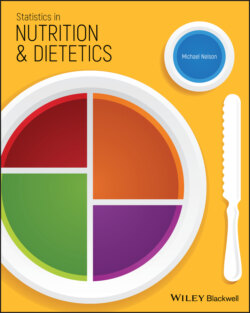Читать книгу Statistics in Nutrition and Dietetics - Michael Nelson - Страница 50
TIP
ОглавлениеAllow adequate time in your project to clean the data properly. This means
Check for values that are outside the range of permitted values.
Look at the distributions of variables and check for extreme values. Some extreme values may be genuine. Others may be a result of ‘fat finger’ syndrome (like typing an extra zero and ending up with 100 rather than 10 as a data point).
Understand how to use ‘missing values’ in SPSS. These help you to identify gaps in the data and how to handle them (for example, the difference between ‘I don’t know’, Not Applicable, or missing measurement).
If you find an unusual observation, check it with your supervisor or research colleagues. They may want to inspect your data to see that your observations are correct. Don’t try and hide an unusual observation (or worse still, ignore it, or leave it out of the data set without telling anyone). Always be frank and open about letting others inspect your data, especially if you or they think there may be something wrong. We all make mistakes. It is no great shame if there are some errors in the data that we missed and that someone else helpfully spots for us. Be thick‐skinned about this. The real embarrassment comes if we do lots of analysis and the errors in the data only come to light when we make a presentation of our results.
